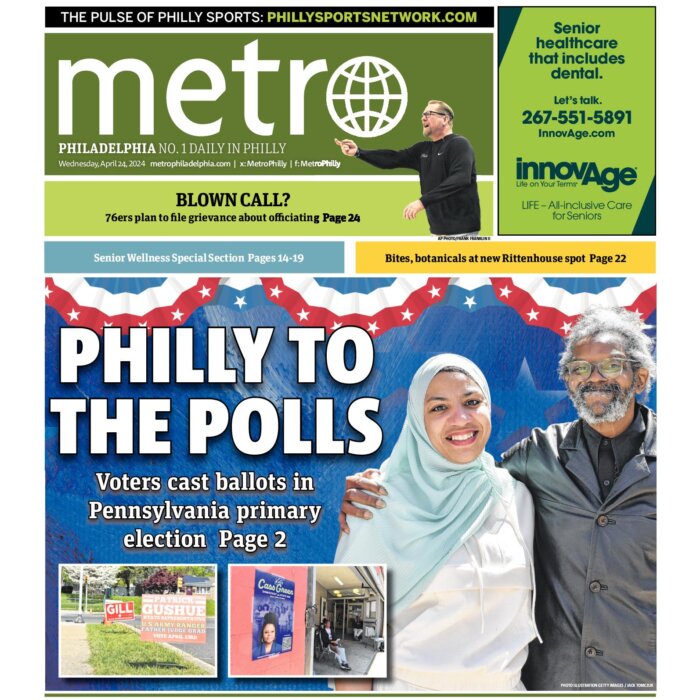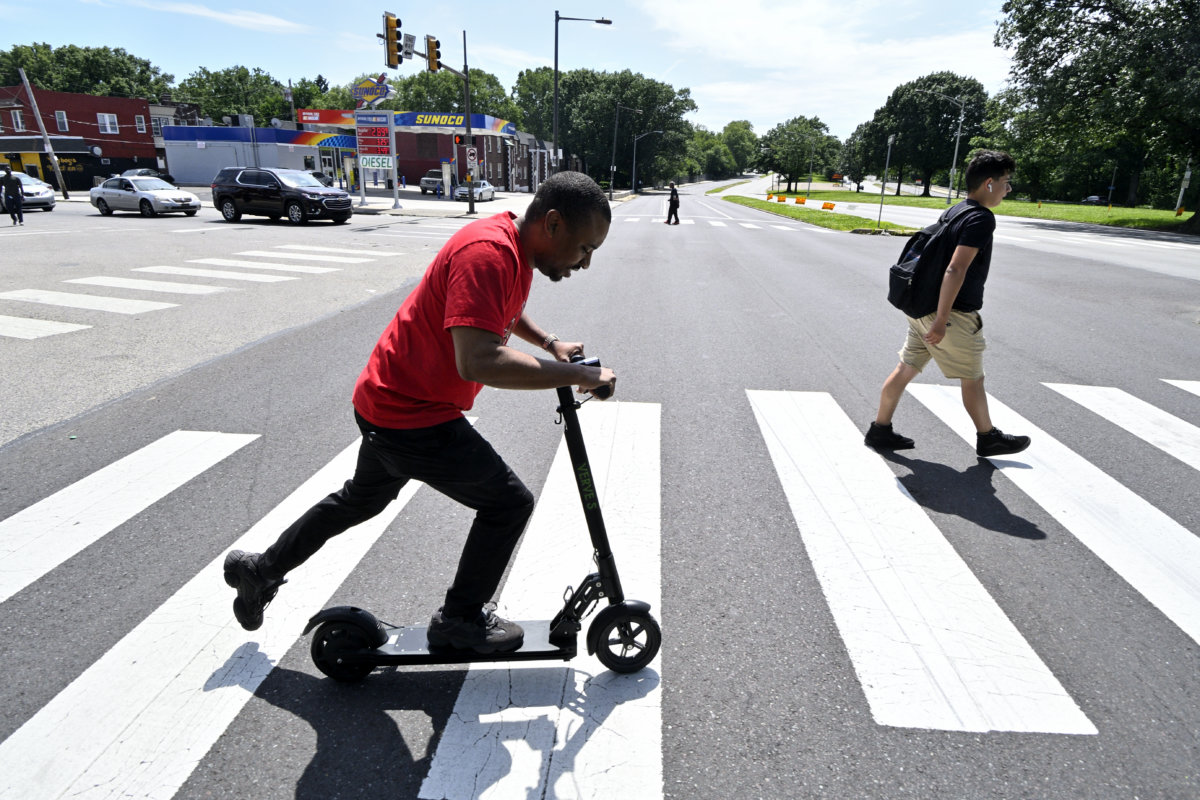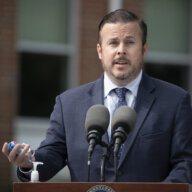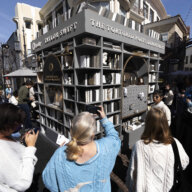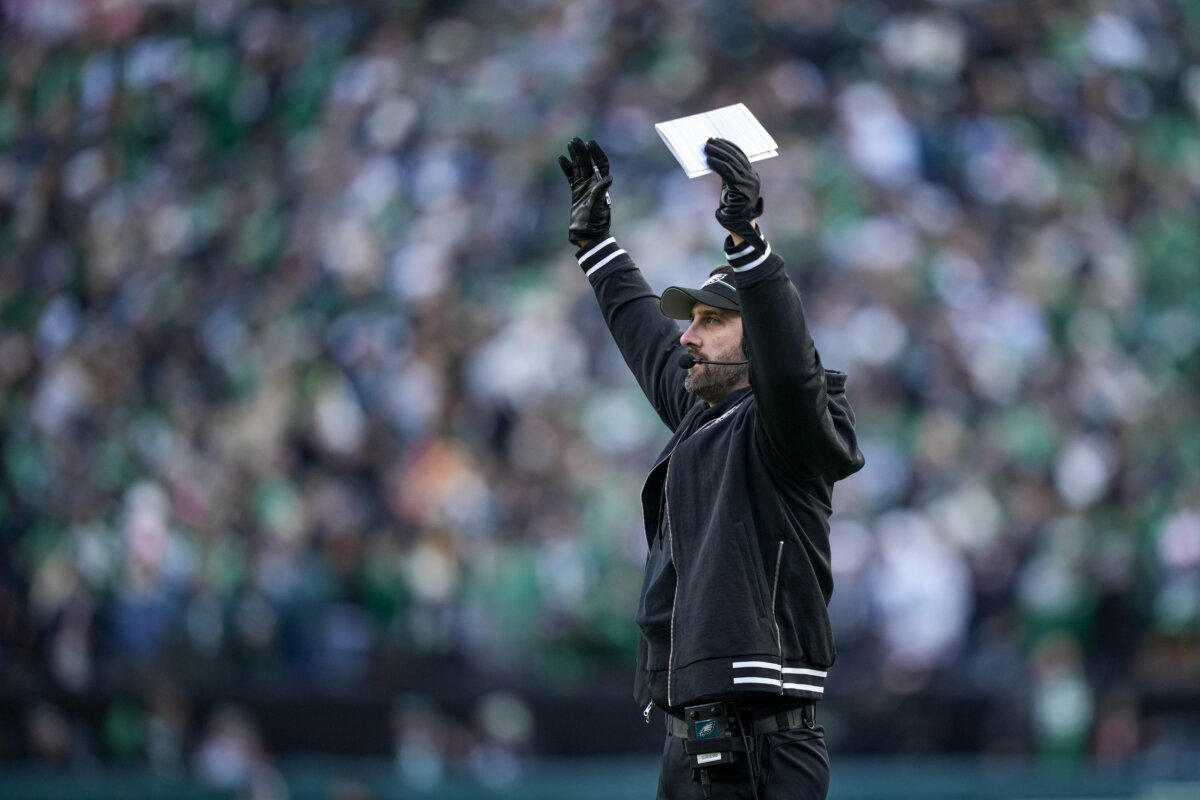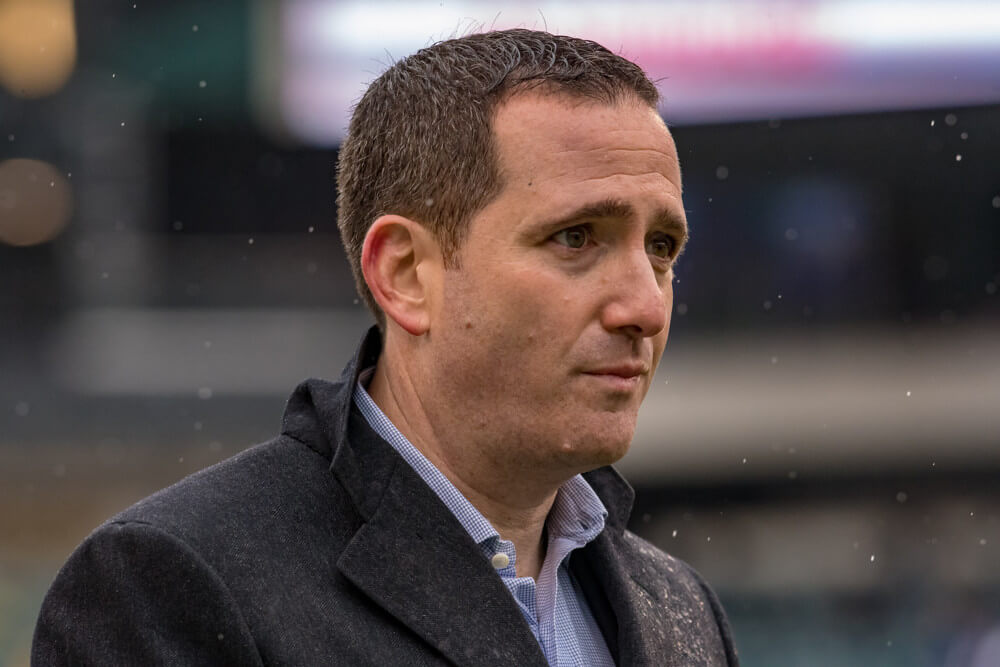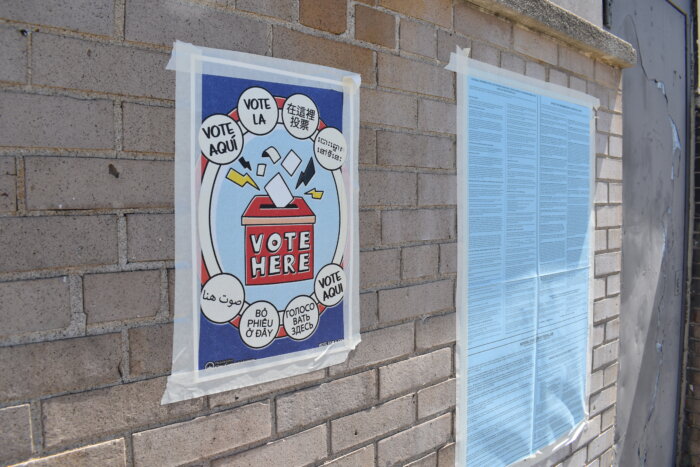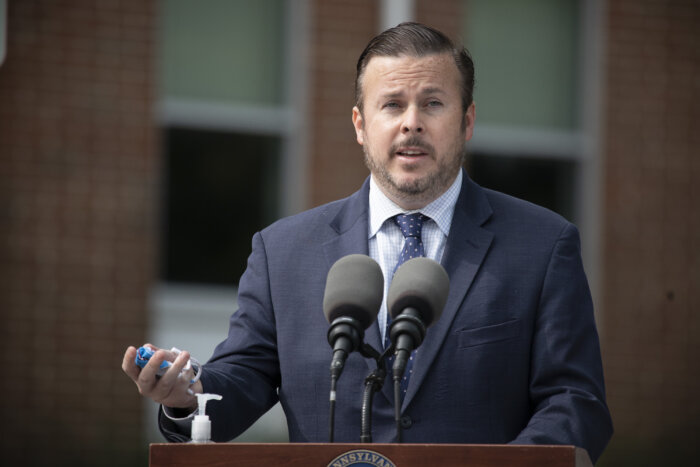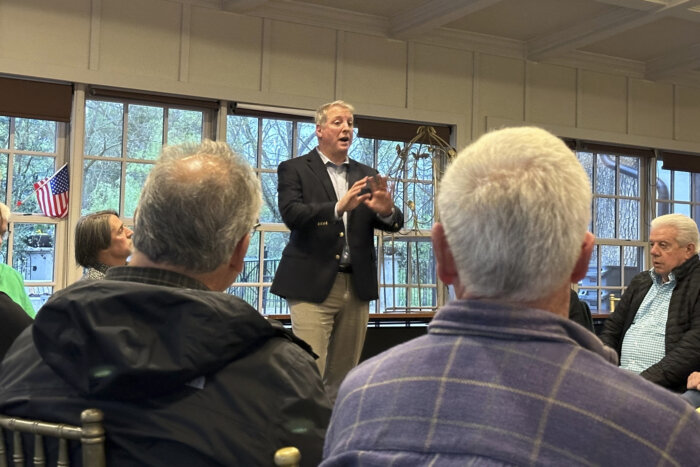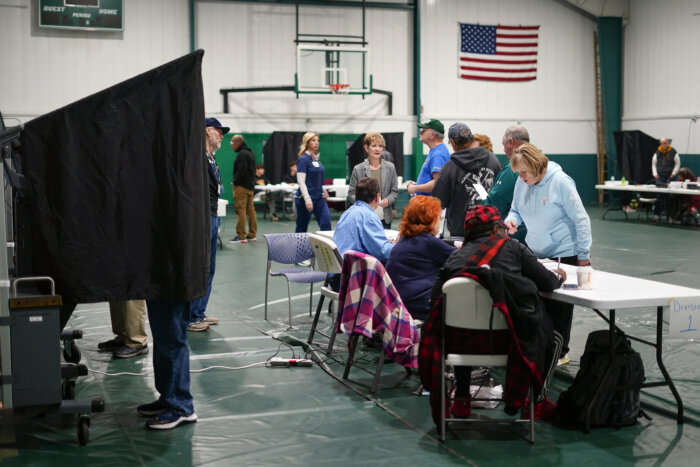Few roads are as iconic and vital, yet complex, as Roosevelt Boulevard.
One out of three people in Philadelphia live within a mile of the Boulevard, and the tens of thousands of people who use the Boulevard each day face difficult challenges, no matter how they travel.
The number and severity of traffic crashes along the Boulevard continue to be a significant public health threat to Philadelphians and Boulevard travelers. In fact, between 2013 and 2017, Roosevelt Boulevard was the site of 14% of all fatal crashes in Philadelphia with Black and brown communities disproportionately impacted.
“My family lost four in one crash on Roosevelt Boulevard and believe me, you don’t want to ever lose anyone to a violent crash like that,” said Latanya Byrd, Co-Founder of Families for Safe Streets.
Joined by City officials, SEPTA, PennDOT, and advocacy and community leaders, Mayor Jim Kenney recently released the City’s Roosevelt Boulevard, Route for Change Program report – the city’s framework to transform Roosevelt Boulevard into a safe, reliable, and accessible corridor.
“Improvements to Roosevelt Boulevard to make it safe, accessible, and reliable, is a key priority of the city’s commitment to achieving Vision Zero and the goal of zero traffic fatalities by 2030,” said Kenney in a statement. “The Route for Change program has always been about more than a plan. It has a roadmap for action that started with when my administration took office and will continue until the long-term vision becomes a reality.”
The report outlines improvements for the near term (2025), and guiding principles and design alternatives for the long term (2040).
A first phase of safety interventions has already been implemented, including:
- Improvements in transit service and bus frequency in partnership with SEPTA through the Boulevard Direct Bus;
- Working with PennDOT to upgrade the communications infrastructure to support future “intelligent transportation system” improvements;
- And most significantly, the automated speed camera enforcement pilot which started in June 2020. Since the cameras were installed at eight locations, the number of speeding violations has dropped by 93% showing a decline in excessive speeds. Speeding is a major factor in some of the worst tragedies seen on the Boulevard in recent years.
Over the next five years, the Boulevard will see improvements to local bus stops, business access transit lanes and a new phase of Direct Bus to connect the Frankford Transportation Center to the Wissahickon Transportation Center.
“These improvements will greatly enhance the service SEPTA provides everyday to thousands of riders along Roosevelt Boulevard,” said SEPTA General Manager Leslie S. Richards in a statement.
In the long-term, the Boulevard will see reduced posted speed limits, improved sidewalks and sidewalk connections, two-way bike lanes, and dedicated transit lanes for busses.
Residents interested in providing feedback or comments to the report, can email [email protected].
View the Roosevelt Boulevard, Route for Change Program report and executive summary.
